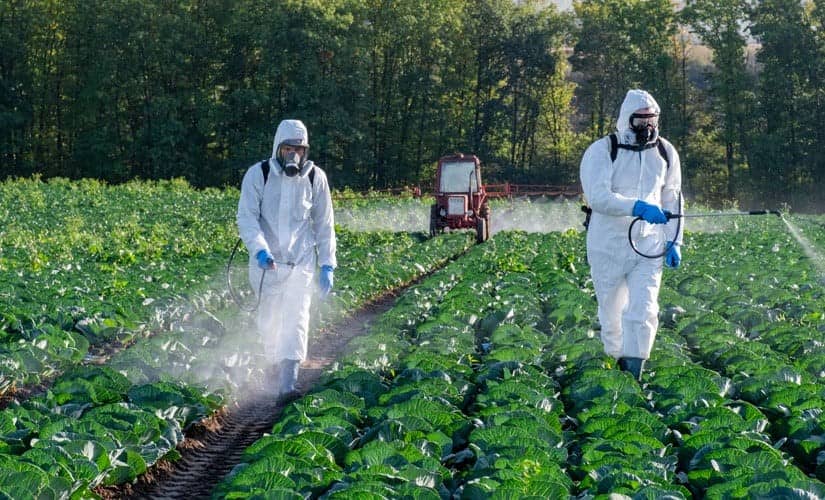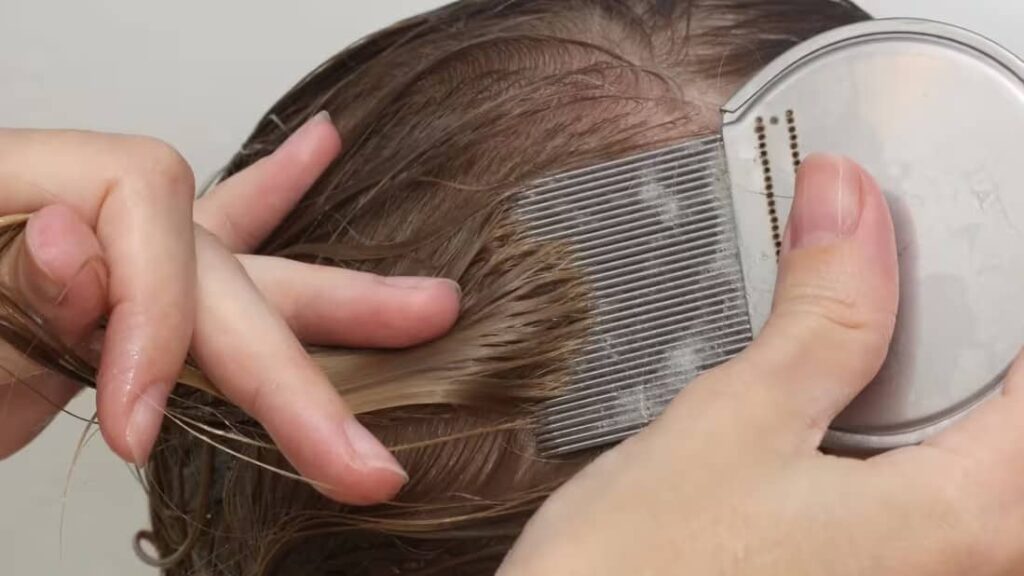Nature has lots of bright colors. Trees come in many shades, like pink cherry blossoms, deep green pines, or yellow maple leaves. But some trees have white bark, not natural like birch trees, because people painted them. It’s not about making trees look cool—nature is already cool enough. Instead, the paint is for important reasons.
Why Are Some Trees Painted White?
This is done to shield the bark from sunburns in plants, called sunscald. It often happens in winter when the bark can get damaged by fluctuating temperatures, like cold nights and warm days. The light color helps keep the tree from getting too hot and stops the bark from cracking. Cracks in the bark can let in diseases, fungus, and bugs that might hurt the tree even more.
Christopher Evans, who studies trees at the University of Illinois Urbana-Champaign, explains, “People usually paint the trunks of young trees or ones with thin bark, like those in neighborhoods or orchards. The white paint helps keep the bark from getting too hot during the day and lowers the risk of sunscald.” This painting is only necessary until the trees grow stronger and can handle temperature changes better.

Additional Explanations for Tree Painting
You might have seen trees near your house with various paint colors. While white paint protects the bark, other colors and patterns give instructions to people. For instance, some trees have marks to show they’re sick, need to be cut down, or require trimming.
Ken Fisher, who works with trees for the Boulder Parks and Recreation Department, explains, “Basically, it marks the tree in a way that’s not obvious. Many people don’t even notice it, but it tells our worker which tree needs attention. We’ve been using paint dots for about 25 years, so some trees have quite a few dots on them.” However, cities have different codes, so a red or purple dot might mean different things depending on the area.
If you like forests and nature paths, you might have seen more painted trees. They can show which trees are dangerous or safe. They might also mark private lands, hiking trails, or give details about the environment. “In some places, trees with nests of rare or endangered animals are marked,” says Evans. “For example, the federally endangered red-cockaded woodpecker in the Southern United States has its tree nests marked with a white paint ring.”
But make sure to check the rules of a specific area before assuming anything. “Basically, there aren’t any strict rules for using marking paint in forestry,” Evans explains. “This can cause confusion when trying to understand what different symbols and colors mean.” However, some symbols are more common. For example, an X often means the tree should be cut down, and numbers show how many trees will be harvested. In many states, purple paint marks private property.
How to Paint Trees White
Remember, painting young trees white has been a popular way to keep them safe for a long time. However, some experts doubt if it really works well. While white paint can stop young bark from getting too hot, using the wrong kind can seriously harm the plant. That’s why it’s crucial to pick the right product, like water-based latex paint mixed with one gallon of latex and four or five quarts of water.
You might also consider using a rodent repellent to stop rabbits and other animals from chewing on the trees. Avoid using oil-based paint because it seals the bark, stopping the tree from getting oxygen. Look for paint with an organic base to avoid any extra chemicals that could harm the plants. And remember, the paint doesn’t have to be white; any light color will do. Just steer clear of dark shades that can absorb more heat and make sunscald worse.
Once you have the perfect paint mix, use a paintbrush to apply it. Sprays don’t stick as well to the bark and don’t give enough protection. Don’t stress about making it perfect; one coat should do unless the weather is really bad. If you live in places with harsh weather, you’ll need to repaint once a year. But overall, white paint is a simple and effective way to keep young trees safe as they grow bigger and stronger.



